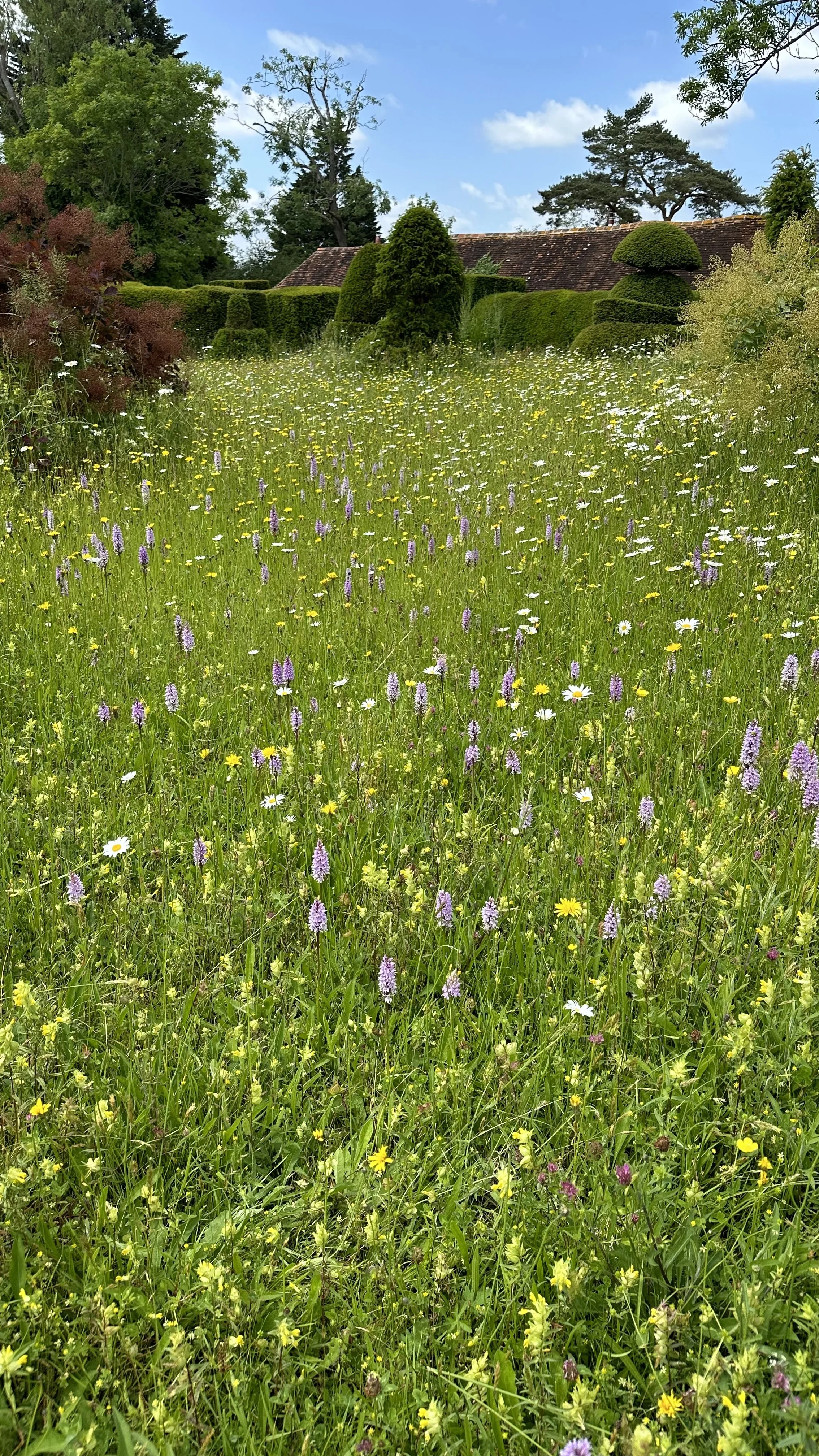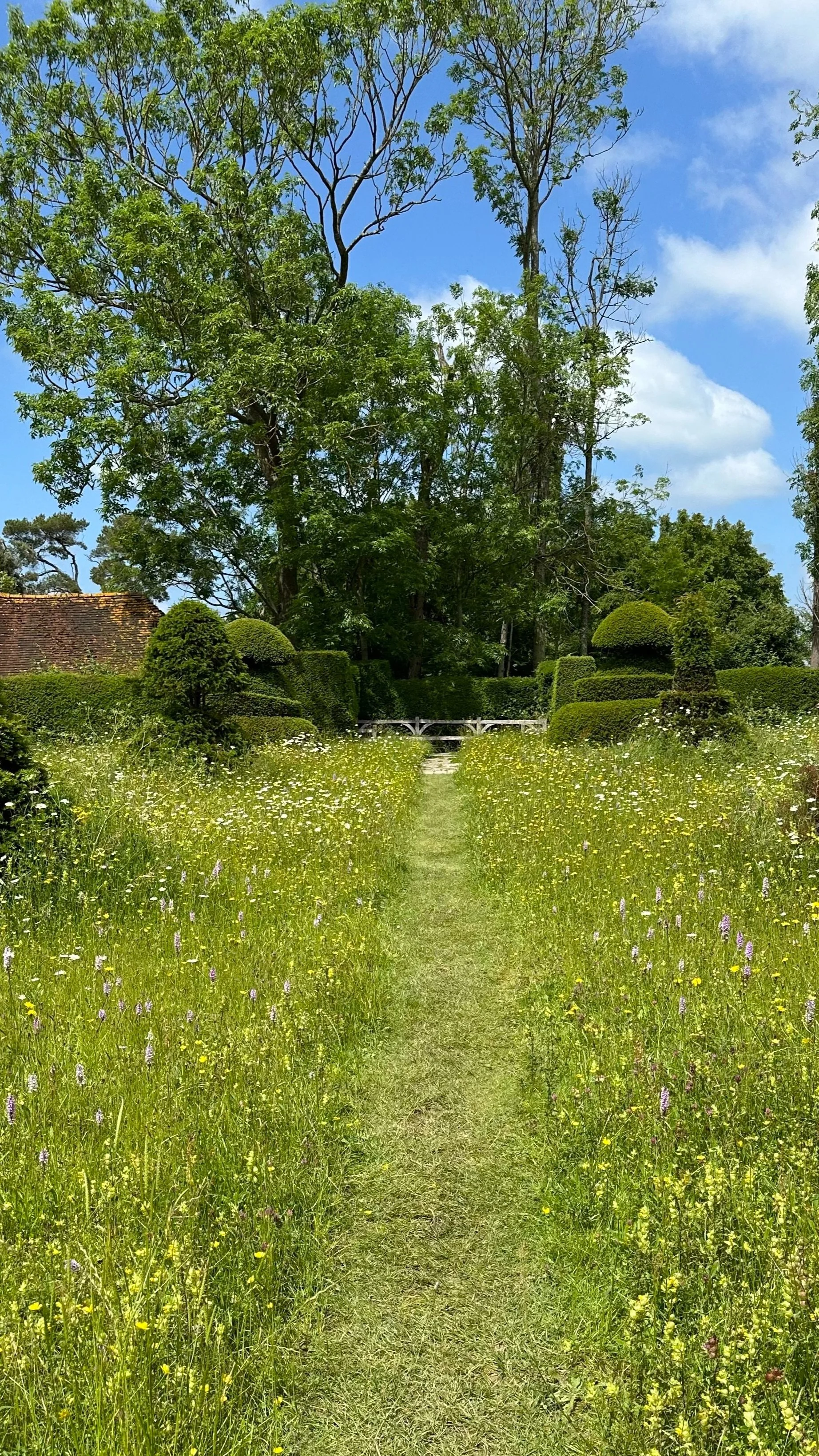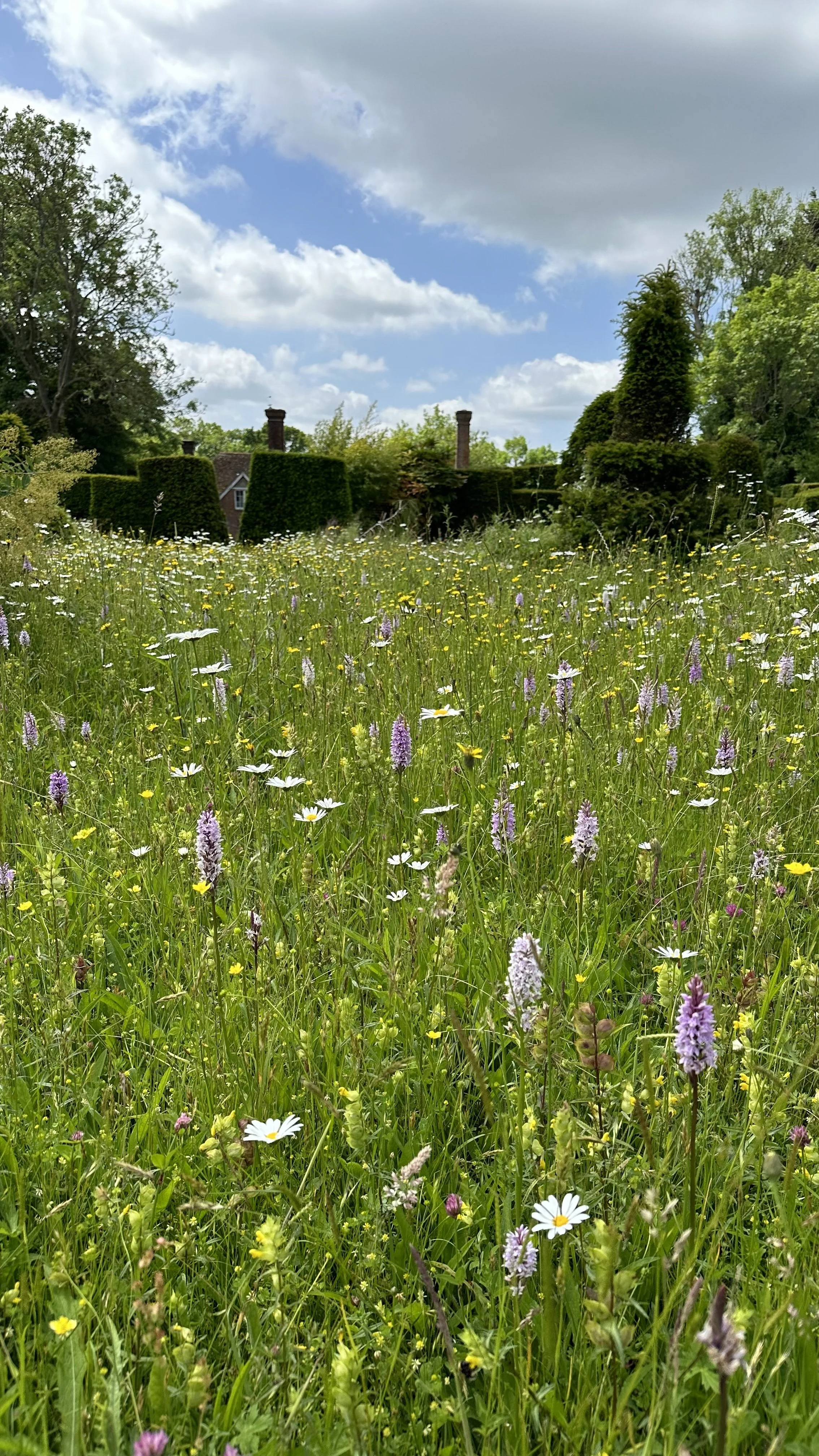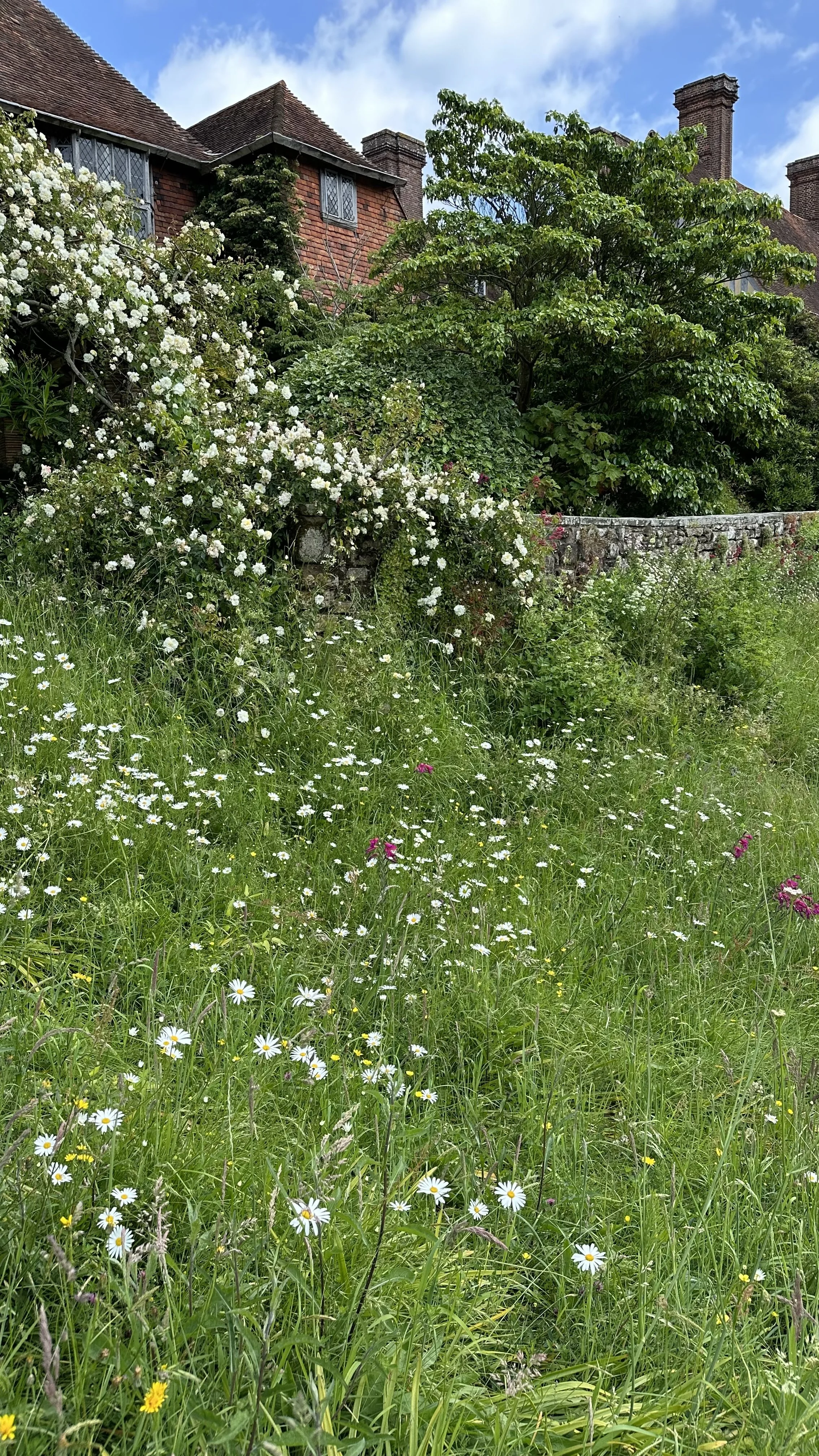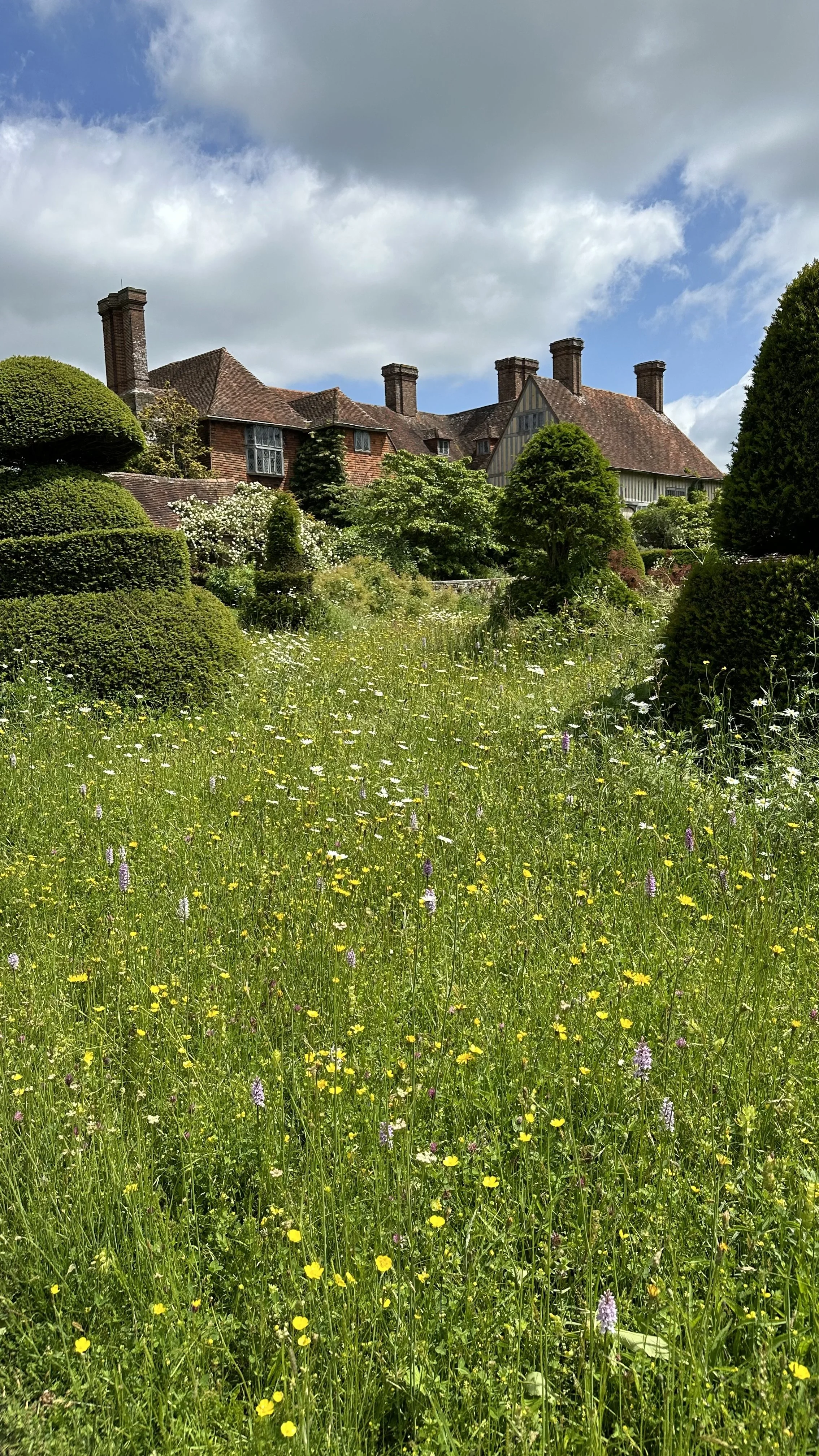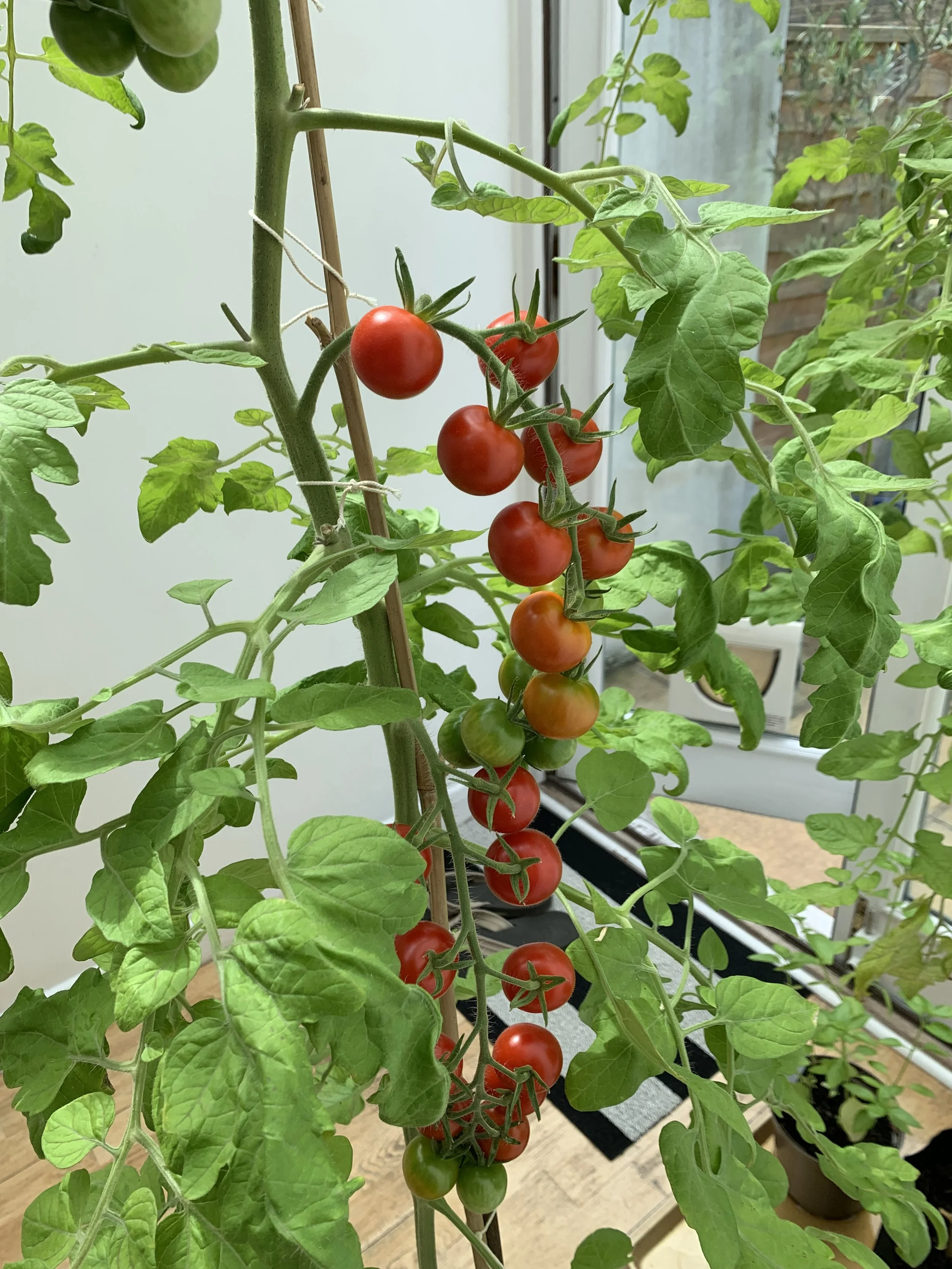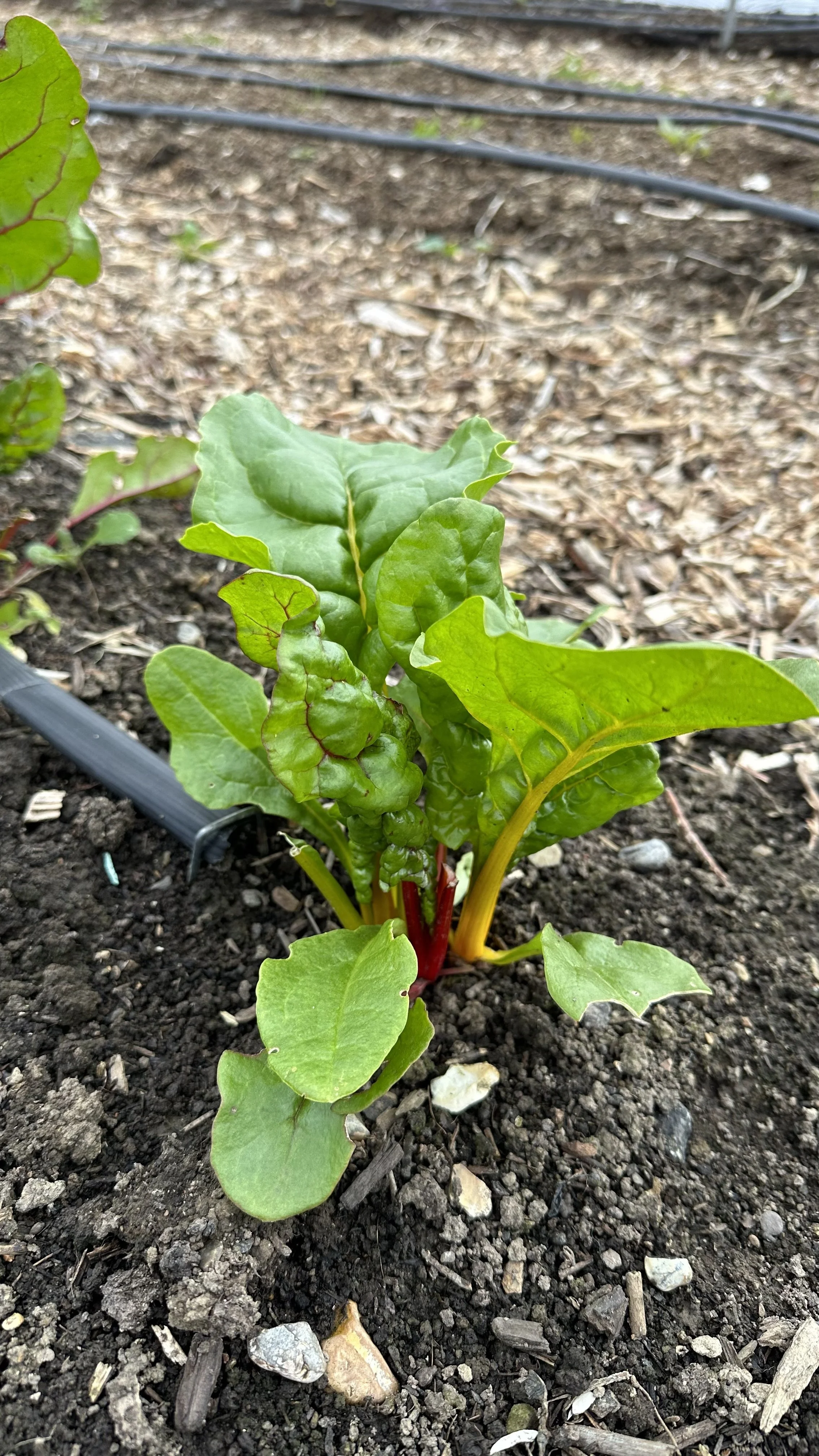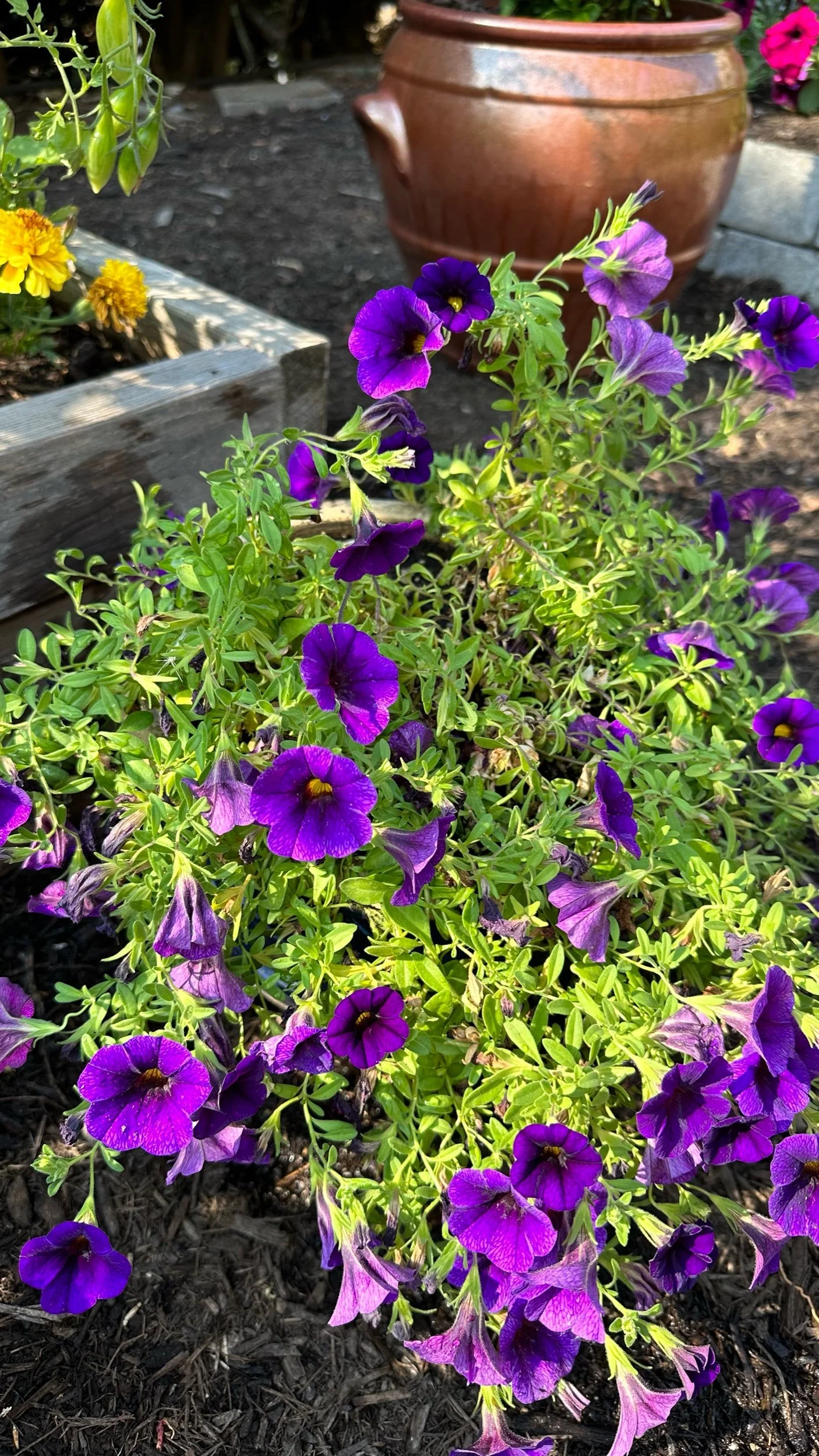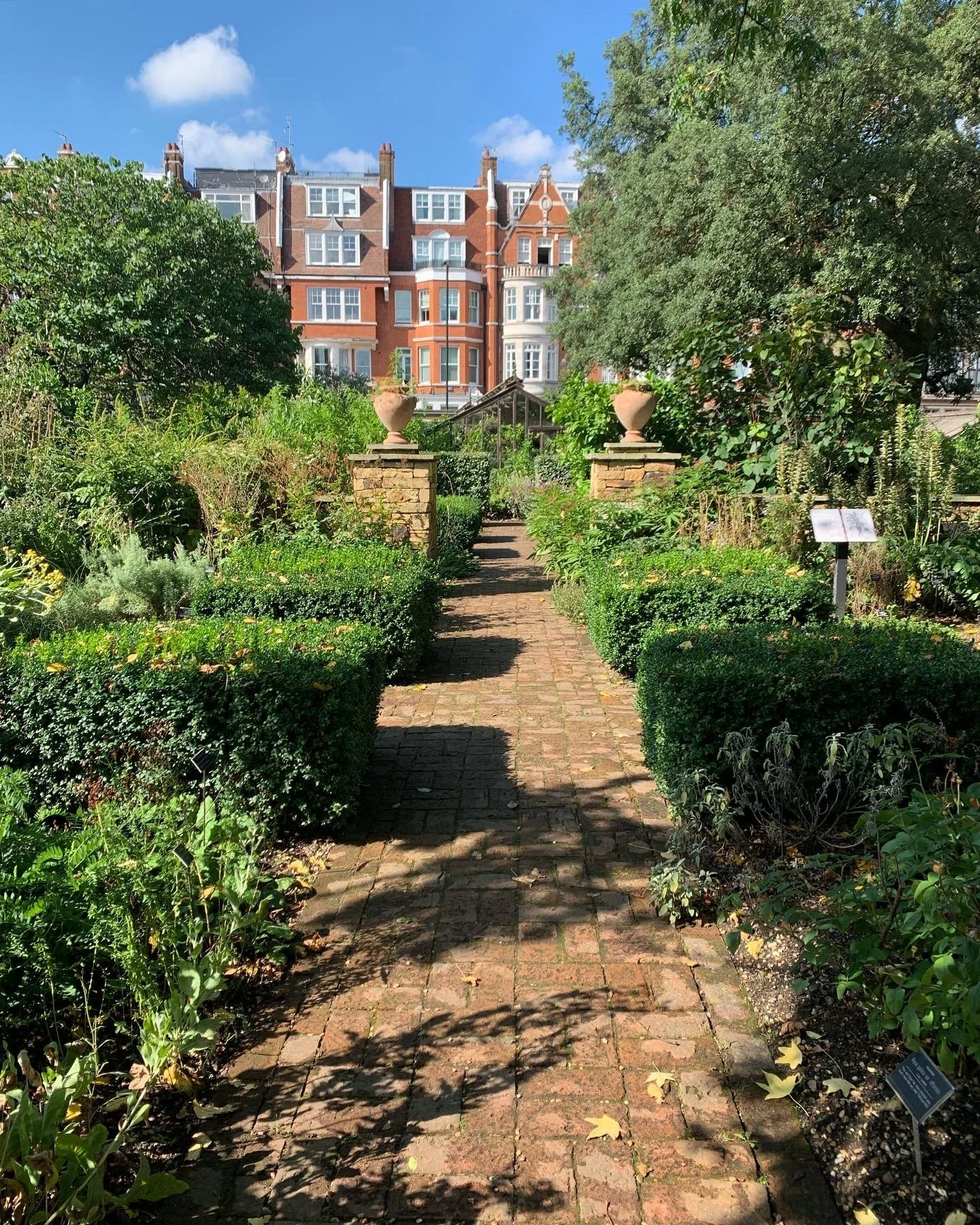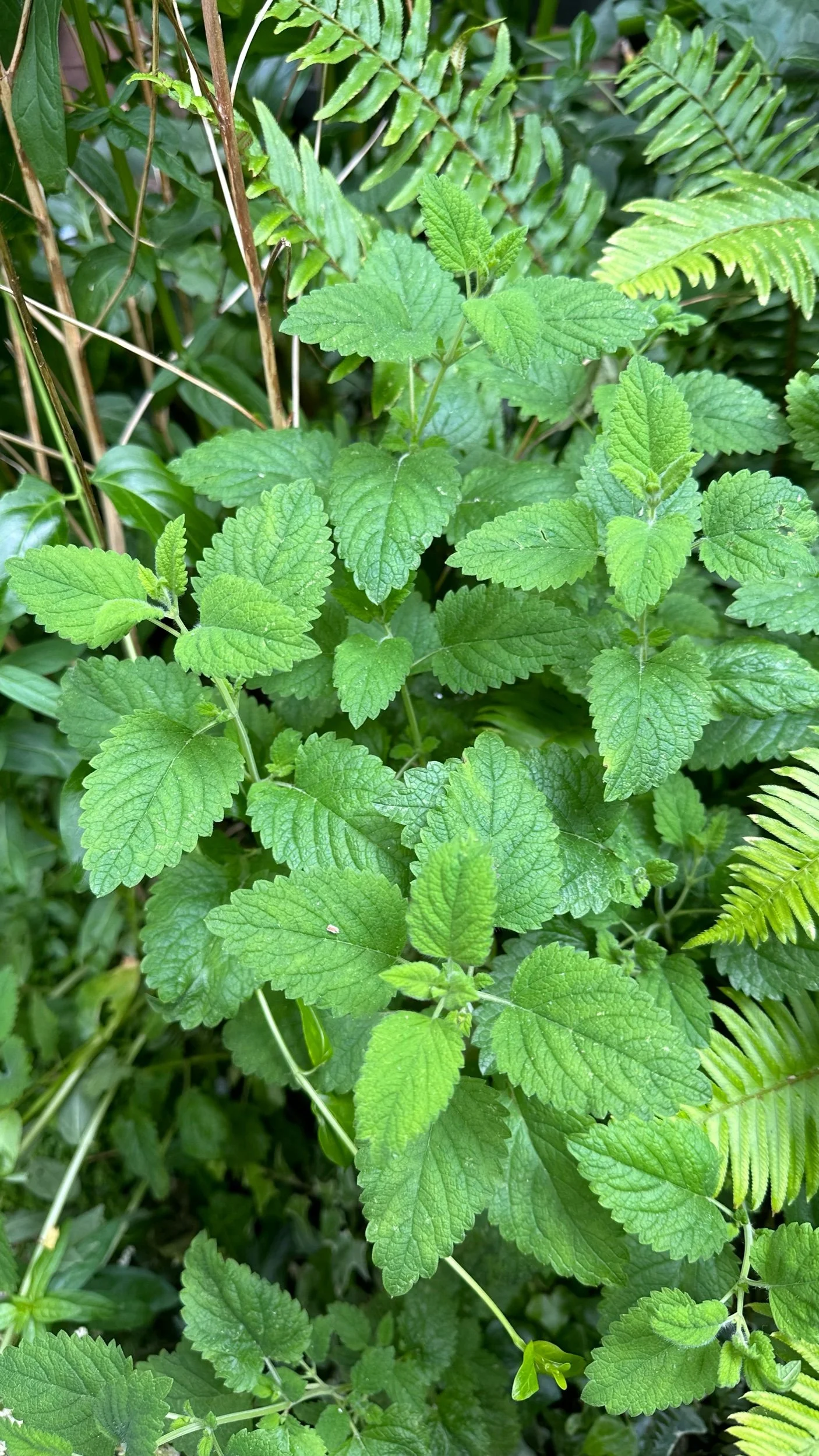How to Create a Wildflower Front Yard
If you have been looking out your front window and have been wanting to make a more sustainable change to your front yard, turning a border or your entire lawn into a wildflower meadow can be a great way to not only encourage pollinators into your garden, but it could also help you save water and resources that are typically devoted to a traditional lawn.
Here is my guide to turning your front yard into a wildflower meadow as well as steps for turning an existing lawn into a meadow.
To learn more about growing wildflowers, check out my guides:
The Best Wildflowers for Shade
How to Create a Wildflower Meadow in Your Front Yard
CHOOSE A LOCATION:
Choose a designated planting area for growing your wildflower meadow.
Ideally the area you choose in your front yard to devote to a wildflower meadow gets full sun and has good drainage.
Assess the amount of sun exposure the area receives, as well as the type of soil you have.
This will determine the types of wildflowers that will thrive in your meadow.
Plan for adequate water drainage, as too much water can lead to mold and rot.
Determine the size of the meadow you want and mark off the area.
Consider adding a border around the meadow to distinguish it from the rest of your lawn.
PREPARE THE SOIL:
Remove existing vegetation using a spade or shovel and till the soil to a depth of about 6 inches to help wildflower roots establish.
If the soil is heavy clay, you might want to add some sand to improve drainage.
Check the pH level of your soil to determine if any adjustments need to be made.
Most wildflowers prefer soil with a pH between 6.0 and 7.5.
Here is the soil pH meter I recommend using:
SELECT YOUR WILDFLOWER SEED MIX:
Choose a seed mix that is appropriate for your climate and soil type and contains a variety of wildflower species including native plants for your area.
If you want a more controlled and uniform appearance, you can select individual species that complement each other in terms of height and blooming time.
Consider the color scheme and bloom time of the wildflowers you select to create a beautiful meadow throughout the growing season.
Here is my favorite wildflower seed mix:
PLANT THE WILDFLOWER SEEDS:
Broadcast the seeds by hand or using a seed spreader and then rake the seeds into the soil.
Here is the seed spreader I recommend using:
For advice when to plant seeds, check out my guide:
MAINTENANCE:
Water your wildflower lawn regularly until the seedlings are established.
This is a great opportunity to use a sustainable water source, like rainwater collected in a water butt.
After that, natural rainfall should be sufficient to ensure good growing conditions, except in times of drought.
You can mow or trim the area once or twice a year to control invasive species and to encourage the growth of the wildflowers.
Be sure to mow or trim after the wildflowers have finished blooming so that they have a chance to set seed for the next year.
For more watering tips, check out my guide:
Tips for a Successful Wildflower Meadow:
Avoid over-fertilizing, as wildflowers don't require high levels of nutrients.
Don't mow the meadow too frequently, as this can limit flowering and promote weed growth.
Be patient, as it may take several years for the meadow to reach its full potential.
For more inspiration, check out my guides:
Will Wildflowers Spread to Lawn?
Yes, wildflowers can spread to lawns, especially if they are not contained by a barrier or if they are allowed to go to seed.
Some wildflowers are very competitive and can quickly overtake a lawn if not kept in check.
If you want to limit the spread of wildflowers to your lawn, consider planting them in a defined area and maintaining a physical barrier between the meadow and lawn, such as a pathway or rock border.
Additionally, removing spent flowers and seed heads before they go to seed can also help reduce the spread of wildflowers.
How to Turn Existing Lawn into a Wildflower Meadow
Do you already have an existing lawn that you would like to convert into a wildflower garden?
Creating wildflower lawns in place of a traditional grass lawn can be a beautiful and eco-friendly way to add color and interest to your front yard.
Not only do wildflowers provide a haven for pollinators and other beneficial insects, but they also require less maintenance and water than a traditional lawn.
MOW THE LAWN
The first step in converting your lawn into a wildflower meadow is to mow the lawn as short as possible.
Ideally, you should mow it to a height of 2 inches or less.
This will make it easier to remove the grass and prepare the soil for planting.
REMOVE THE GRASS AND WEEDS
The next step is to remove the grass and weeds.
You can do this by digging them up by hand or using a sod cutter or other tool.
Check out my full guide to learn more about how to remove grass to start a garden or wildflower meadow.
PREPARE THE SOIL
Once the grass and weeds have been removed, it's time to prepare the soil.
Start by removing the top layer of soil and composting it.
Then, mix in 4-6 inches of good-quality topsoil.
This will provide the perfect base for your wildflowers to grow in.
LEVEL AND RAKE THE SOIL
Rake the soil to smooth it out and create a level surface.
This will ensure that water and nutrients are distributed evenly throughout the meadow.
PLANT THE WILDFLOWER SEEDS
Now it's time to plant the wildflower seeds.
Be sure to read the package instructions carefully to determine how much seed you will need for your specific area.
It's also important to select wildflower seeds that are native to your area to ensure that they will survive and thrive.
Also, check out my guide to the best wildflowers for shade.
WATER AND CARE FOR THE SEEDLINGS
Once the seeds are planted, water them in well and keep the soil consistently moist until the seedlings are established.
Once the wildflowers are established, they will not need as much water and can be left to thrive on their own.
MOW THE MEADOW ONCE A YEAR
In the first year, after the first frost, it's a good idea to mow the meadow once a year, ideally in the late fall or early winter.
This will help to control the growth of any aggressive species and will also make it easier for new wildflowers to grow in the spring.
It's important to note that converting a lawn into a wildflower meadow is not a one-time process, but an ongoing one that will require some maintenance.
Once the wildflowers are established, you will need to monitor the meadow and remove any invasive species that might try to take over.
You will also need to keep an eye out for any pests or diseases that may affect your wildflowers and take appropriate action.
Another important factor to consider is the current condition of your lawn.
If your lawn is chemically treated or in heavy clay soil, or other restrictive conditions, you will have to take extra steps or consider these factors before starting the process.
Can I Just Throw Wildflower Seeds on My Lawn?
Throwing wildflower seeds on your lawn is a potential method of establishing a wildflower meadow, but there are a few important factors to consider:
Soil preparation
Wildflowers often grow better in soil that is well-drained, so it may be necessary to amend the soil before planting.
Competition from existing grass
Grass can be a formidable competitor for wildflowers, so it may be necessary to remove existing grass in the area where the wildflowers are being planted.
Timing
The optimal time to plant wildflowers varies depending on the climate and the species of wildflowers being used, so it's important to research the best time for planting in your area.
Check out my full guide to When to Plant Wildflower Seeds.
Maintenance
Once the wildflowers are established, they will still need to be monitored and managed to ensure they are healthy and thriving.
This may include controlling weeds, removing spent flowers, and providing adequate water.
If you are interested in establishing a wildflower meadow on your lawn, it may be more effective to clear the area, prepare the soil, and then plant the wildflowers using either seed trays or seed balls.
This will help ensure that the wildflowers have the best chance of success and will reduce the potential for spreading to other parts of your lawn.
Benefits of Creating a Wildflower Meadow in Your Front Yard
Creating a wildflower meadow in your front yard can have a number of benefits, including:
Biodiversity
Wildflower meadows support a wide range of pollinators, such as bees, butterflies, and birds, as well as other beneficial insects like ladybugs and lacewings.
A wildflower meadow in your garden in combination with companion planting will make for an incredibly diverse garden.
Beauty
Wildflowers can create a colorful and attractive display in your yard, especially during the spring and summer months.
Wildflowers also make beautiful dried flowers for arrangements.
Check out my guide to How to Store Dried Flowers.
Low Maintenance
Similar to a shade garden, wildflower meadows require little upkeep, making them a great option for those who don't have a lot of time or energy to devote to yard work.
Carbon Sequestration
A wildflower meadow can act as a natural sink for carbon, which can help to mitigate the effects of climate change.
Cost-effective
Create a wildflower meadow is relatively cheap compare to traditional lawn or garden, also it does not require the lawn care and watering that traditional lawns do.
Stormwater Management
Wildflower meadows can help to reduce runoff and erosion by slowing and absorbing rainwater, which can reduce the impact of flooding.
Want to learn more about wildflower gardens? Check out my guides:
